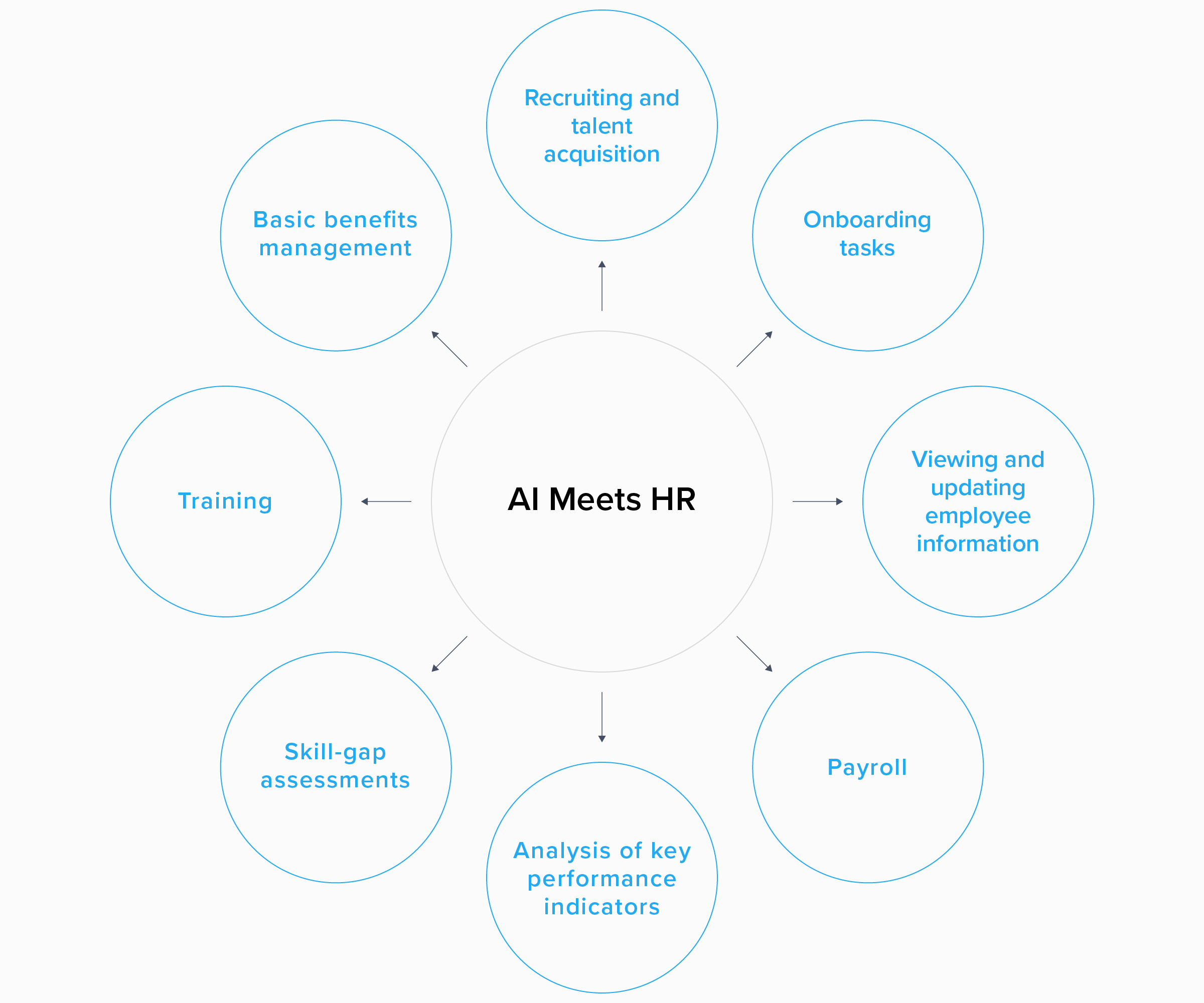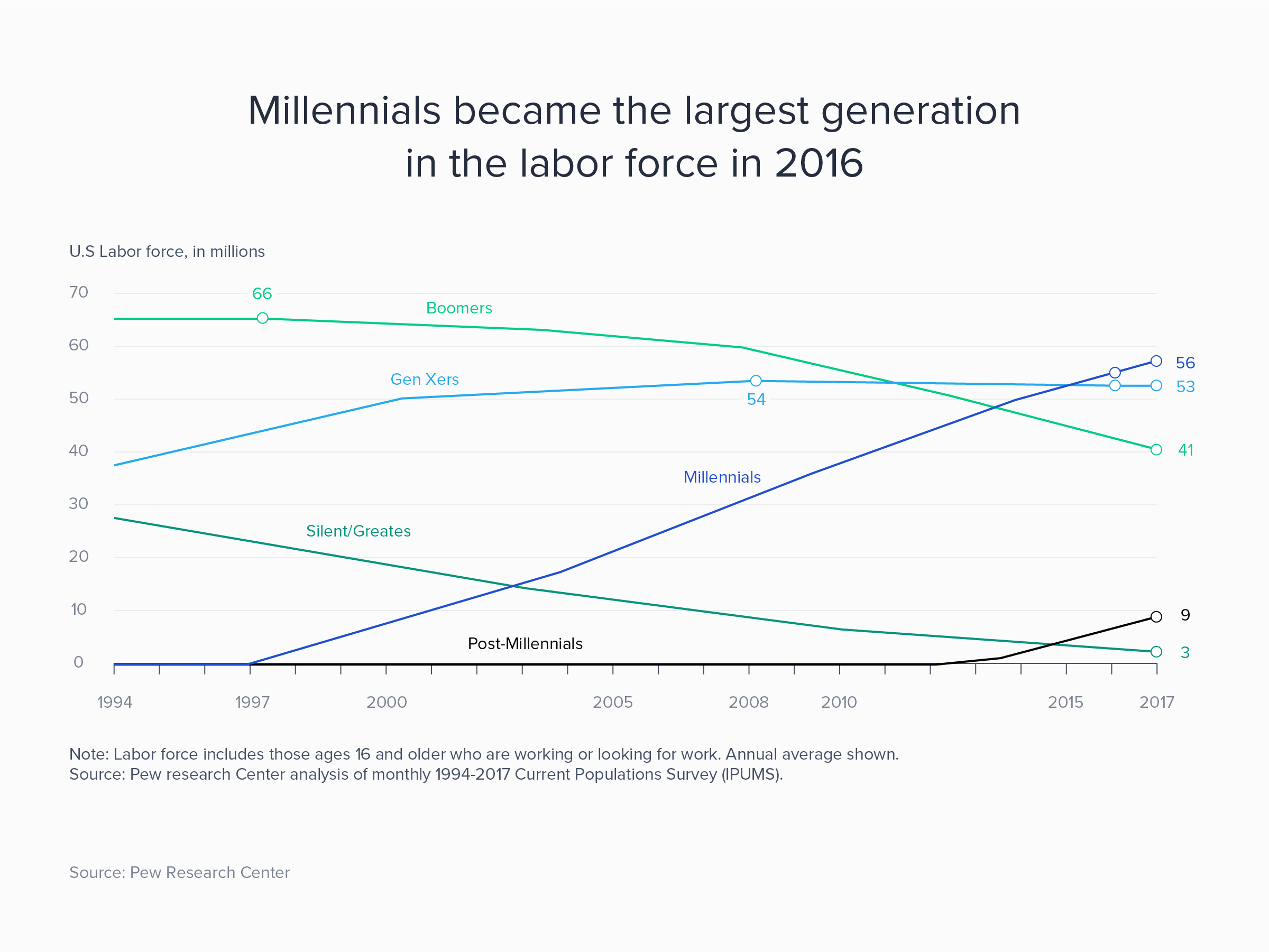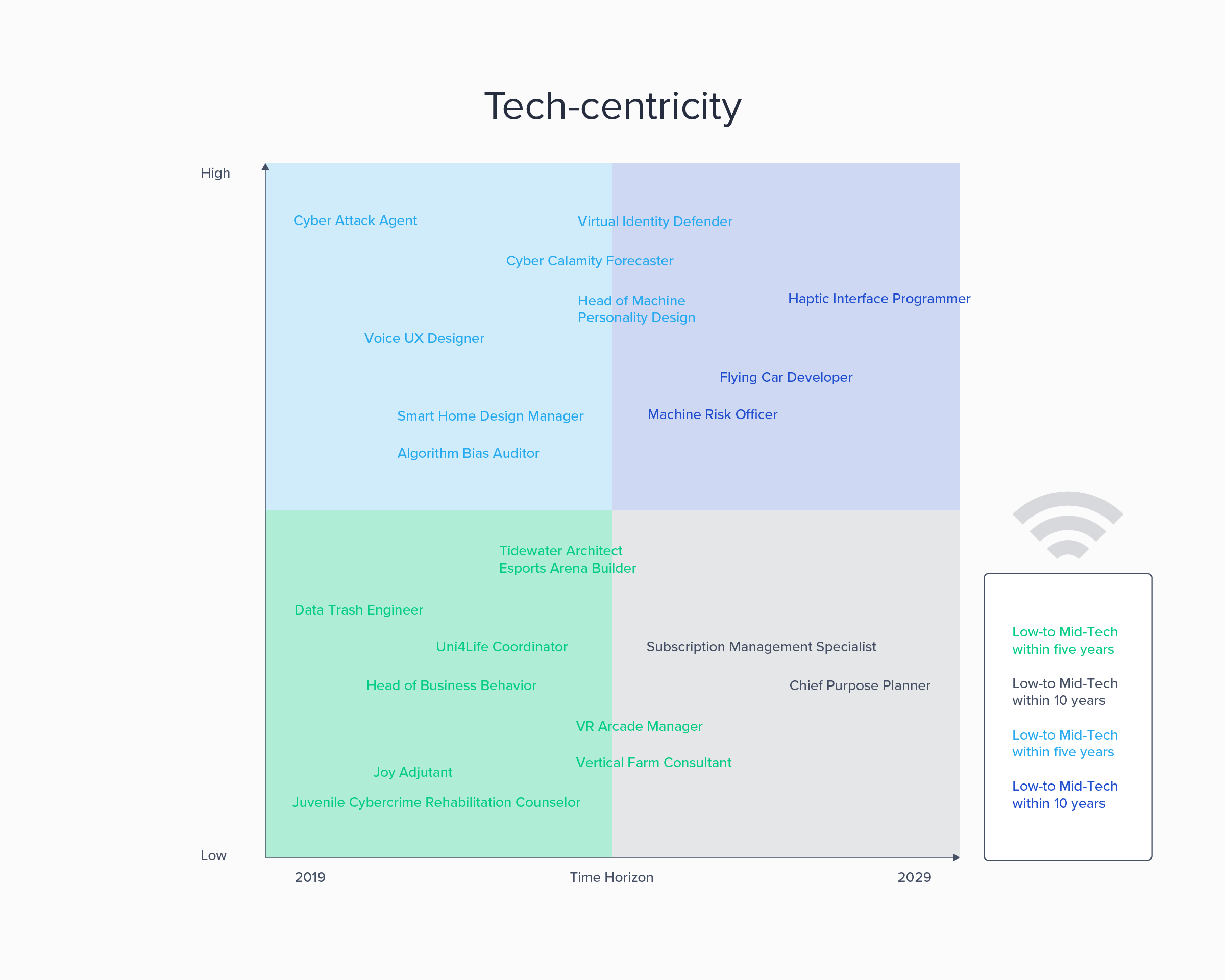Creating the Best HR Is an Ultramarathon, Not a Sprint – With Enrique Rubio
authors are vetted experts in their fields and write on topics in which they are extremely knowledgeable. All of our content is peer reviewed and validated by world-class professionals.

Human Resources (HR) today is not the HR of the past. Instead of being nothing more than a policing organization focused on hiring, firing, and ensuring compliance with ever-changing policies, the future of HR has heightened potential. Empowering, engaging, and enabling employees, HR can drive change and growth that produces both a better workplace experience and higher profits for their organization.
Enrique Rubio is on the frontlines of this sea change, and right now, he’s probably out of cell signal territory, running more miles than most do in a year.
Founder and CEO of Hacking HR Rubio says the true calling of HR is even greater. “Changing HR for the better can make a big impact on life itself and the greater good,” he says. Here, he reveals his origin story, how he uses ultrarunning—running distances exceeding marathon distance (26.2 miles), including 50- and 100-mile races—as a physical metaphor for the work that he does, and why he thinks the evolution of human resources can change the world and help companies “win” in the talent economy too.
Only human connection and togetherness will save the world in the face of the unimaginable challenges ahead. Communities are powerful, and the power of community can’t be contained.
– Enrique Rubio
From Fired to Fired-up
Who knows where Rubio would be today if not for an event which would leave many discouraged and guarded. Rubio worked for a small company as an electrical engineer. During the same time, he pursued a side gig for a passion project totally unrelated to his day job. When his boss learned of the additional employment, he was fired on the spot, despite the fact that there was no written policy against side hustles.
Although getting fired was tough, he says the HR response was tougher. “I was really, really upset and lonely. Not only was I fired for doing something I was passionate about, but HR didn't do anything. They knew that what this guy was doing was wrong, yet they just stayed in the background and didn’t help me.” Since then, he’s seen many other HR departments with poor leadership who didn’t seem to know how to leverage knowledgeable employees who wanted to add value to the company.

Fast forward to today, Rubio now heads Hacking HR, a global community of HR professionals and others interested in how the future of work, technology, people, and organizations come together to create the workplace of the future. He also co-founded Cotopaxi, Latin America’s first AI-based recruiting software.
Why Did a Social Warrior Choose HR?
Rubio’s strong work ethic came early. His mother instilled a sense of social good into him as a small child when she brought home a homeless man with HIV. While in their home, he showered, slept, got a clean change of clothes, and ate home-cooked food. Rubio remembers people asking why she would bring that kind of risk into her family’s life. Her answer shaped his future: “If we can make a difference, why not?"
His mother’s service-based approach to life stayed with him. He always asked himself, “If I can provide support or do something to add value, why not?” This led him to become president of his college Student Union, run (unsuccessfully) for mayor in Venezuela, work with nonprofits, and choose a vegan diet out of concern for the environment and fair treatment of animals. In short, Rubio is a social warrior.
So, why did a guy with so much energy to burn choose to put his life’s work into the future of HR? It’s because he believes in its transformative power despite the fact that, currently, 70% of employees don’t trust their HR. Rubio believes that HR can change the world. “If I can change HR, whatever effort it takes—you know, why not? Why wouldn’t I do it if I can?”
Ultrarunning: A Metaphor for Winning the Talent Economy
Rubio, who works remotely with a fully distributed organization, doesn’t see a split between his career with Hacking HR and running. His approach blurs the boundaries of work and lifestyle and ignores the legacy 9-5 mindset, still upheld in many traditional staffing companies. Instead, he uses ultrarunning to enhance his work in two distinct ways.
First, he uses the time he spends training for 50-milers, 100Ks, and 100-milers to think. “I'm creating value as I'm running because I'm thinking about ideas, new things to do, new events to put together, new things to invent, new things to create. I see my running not only as a way for me to be decompress, but also as a way for me to create.” It is not uncommon to find him taking notes on his phone, especially while power-hiking uphill. This tactic proves the ideating power and versatility remote work offers—the chance to create value using whatever methods are personally most constructive.
HR is like running a 100-miler. Running for 28 hours is overwhelming, but you have to break it up into smaller pieces that you can comprehend, like the number of miles to the next aid station. Then, when you get there, you drink some Gatorade, get some food, and move on to the next goal.
– Enrique Rubio
Second, he transfers his running ethos into the company cultures he creates. “You have to remember that nobody forces you to run 100 miles. You signed up because you want to. It’s easier to bear the pain because it’s something you want.” He says that, if someone brings that same ethos to HR, then they can handle the overwhelming changes that have to occur in the field.

“HR is like running a 100-miler. Running for 28 hours is overwhelming, but you have to break it up into smaller pieces that you can comprehend, like the number of miles to the next aid station. Then, when you get there, you drink some Gatorade, get some food, and move on to the next goal.” When working with human resources leadership, Rubio suggests breaking up HR goals into smaller chunks, celebrating when these goals are met, and keeping the stamina needed to meet the long-term goals.
HR Is Evolving: Meet Total Talent
Human Resources is evolving, and companies have to adapt to a total talent management strategy. Rubio sees Hacking HR as an evangelist, stating that there are three main elements catalyzing the evolution of human resources:
- Technology—including cloud computing, workplace analytics, digital wellness, and artificial intelligence (AI)
- Generational shifts
- The talent economy
Here’s a quick look at these catalysts at work.
Technology
Many people fear the coming of technology, whether in the HR sector or just in general. Reports showing that 75 million jobs will be lost due to automation by 2022 or that automation and AI will affect nearly every occupation do nothing to quell that fear. On the flip side, these reports also show that 133 million new jobs will be created thanks to the same technology.

AI also has the potential to disrupt HR. There are currently technologies in use or in development for HR elements such as:
- Recruiting and talent acquisition
- Onboarding tasks
- Viewing and updating employee information
- Payroll
- Analysis of key performance indicators
- Skill-gap assessments
- Training
- Basic benefits management
Rubio has found that AI and similar technologies are top of mind for Hacking HR members in all 80 of its communities across 30 countries. Their biggest concern is what’s going to happen to companies in the future.
Rubio agrees with the reports. “I think artificial intelligence will change every single part of the value chain of HR.” Other technologies making inroads into HR include virtual reality (VR) for training, onboarding, and meetings, augmented analytics to understand the strengths and weaknesses of the workforce, digital self-service HR tools that allow employees to manage leave and vacations, and more. If embraced and seen as an HR partner, AI can improve the employee experience by providing more time for human resource personnel to focus on the creative and strategic portions of their job.
Beyond AI, companies like Qualtrics—which helps companies capture employee experience data—and HR software companies like Workday are driving further innovation. Even apps such as the number one meditation app Headspace are disrupting the HR space. Hundreds of corporate companies trust the app to deliver guided meditations and mindfulness training to their employees.
Technology is also changing HR from a regulatory role to one of growth and development. HR needs to be intimately involved in training and retraining to avoid potential skills gaps, provide new skills to employees whose current jobs will eventually become automated, and stay relevant in the changing landscape of work. Human resources leadership will be the link that helps organizations and employees make a smooth transition to the AI-integrated workplace.
Rejecting the possibility that artificial intelligence will have any impact of the work that HR and Staffing are doing is like writing your own death sentence.
– Enrique Rubio
Generational Shifts
As of 2017, millennials make up the largest segment of the workforce (35%), and 61 million Gen Zs are entering early adulthood and the workforce. These younger workers have different expectations about work than their parents and grandparents had. They expect different working conditions, including more flexible options, as well as technology that can support them in their employment.
An understanding of the needs and wants of the multigenerational workforce is transforming organizations and their policies and pushing the future of HR. For example, the Sloan Center on Aging & Work at Boston College presented “The Prism of Age” in 2012, a framework that helps employers understand age not just in terms of chronological age but through other factors including socioemotional age, career stage, and physical-cognitive age.
Organizations are experiencing issues directly related to the high volume of retiring baby boomers, including:
- Knowledge retention. Older workers leave the organization, taking with them years of knowledge and experience. Without the proper processes to capture this information from retiring workers, companies will face crippling knowledge gaps.
- Talent development. Millennials and Gen Zs come to organizations with a high level of tech skills but minimal corporate knowledge. It will be imperative for human resources leadership to focus on talent development to transfer the knowledge of retirees to younger employees seeking advancement.
- Succession planning, i.e., training talent to take over positions for those that retire. Proper succession planning ensures the overall health of a company. Currently, only 14% of companies have a strong succession planning process.
As Gen Zs overtake millennials in the workforce, and the two make up almost three-quarters of the workforce, no organization will be able to afford to ignore their unique needs.

Talent Economy
Kerry Brown, VP of Workforce Adoption for SAP, recently wrote The Next 10 Years: Looking Into the Future of the Talent Economy for Staffing.com. She notes several changes that will affect the future of HR:
- Talent will dictate the world of work. The talent shortage and skills gap give talent a choice concerning the how, where, when, and why of working. This will increase the need for HR to have the right processes and organizations to have the right culture to attract on-demand talent.
- Higher education can’t keep up with ever-changing skills. As many as 85% of jobs in 2030 have not been invented yet. As HR removes specific experience and educational requirements and moves to skills-based hiring, new methods for determining company fit and soft skills, such as grit and determination, will come to the forefront. HR will also need to source new employees in non-traditional ways—such as on-demand talent platforms—and upskill current employees.
- All employees, including Gen X, will want increased opportunities. HR will be instrumental in helping current employees find opportunities within the organization that meet their needs for more flexible working environments and continued education. The social contract between company and employee has changed - employees want choices, and employers will need to provide it for them out of necessity.
- Employees will become more specialized. As they seek ways to use their specializations within their organizations, it will be up to human resources leadership to help employees determine the best way to contribute to the organization and to write personalized job descriptions that capture a wider breadth of needed talents.

As the workforce and technology continue to change, employees and HR will have to change too—but how will it be possible to keep up with all the changes and face all the issues, especially since the changes are happening so quickly? What can employees do to remain relevant? What can HR do to help them? Rubio says the answer is community.
Creating the Best HR
Deloitte's Capital Trends report suggests that business leaders in HR, IT, finance, and marketing are going to have to work as a team in order to harness these technological shifts. Unfortunately, the report suggests that three-quarters of upper-level executives do not agree on, nor focus on common priorities, which is why Rubio built Hacking HR. He wants to connect people from all over the world to help them embrace and leverage the power of technology.
I believe that more people are going to be left behind, more people are going to go unemployed or be laid off. We're going to need more togetherness, more of a global community to overcome the gigantic challenges that we have ahead of us. It’s not going to be possible for any company, for any organization, or for any country to do this alone.
– Enrique Rubio
By connecting and engaging HR professionals around the world, Rubio believes he can make HR “future ready.”

Rubio’s goal for Hacking HR is to not only affect the future of companies but make a massive impact on the world by creating the best HR that has ever existed. To do so, he says the evolution of human resources must embrace the following four elements:
- Putting people first. Even though HR has to ensure organizational longevity, it's done by providing the best experience to the people in that organization, both business leaders and regular employees. Remember, if the organization fails, people will fail as well.
- Aligning organizational purpose with HR. “It's funny,” says Rubio, “but the disconnect between HR processes and organizational purpose, goals, and outcomes is just incredible. Whenever I speak at a conference, I always ask, ‘Do you know what your organization is about?’ I don’t think more than five or 10% of them raise their hands.” Great human resources leadership not only understands their organization’s purpose but aligns HR processes to that purpose.
- More agility and risk-taking. HR is often stale and slow to change. Rubio wants more innovation in HR even if that means taking bigger risks. Agility will be key to the evolution of human resources.
- Leverage technology. Finally, Rubio believes that technology is the glue that holds all the other elements together. “We can’t forget that we live in a tech-driven world. We need to leverage technology to do what needs to be done smoothly and effectively.”
Leveraging HR for a Better Future
Rubio is a social warrior using his role with Hacking HR and lessons learned as an ultrarunner to change the future of HR and its organizational purpose. He understands what needs to change to improve the worker experience as well as to advance organizations. For him, the answer lies with HR.
With HR, Rubio sees a better future for businesses, workers, and the world at large. Through connection and community, he hopes to help human resources management integrate technological shifts in order to create the best HR ever. Undoubtedly, he’s onto something.
I wanted to work with people. I wanted to serve all others. I found HR as the way to continue to serve others while doing something that was also meaningful to me.
– Enrique Rubio
